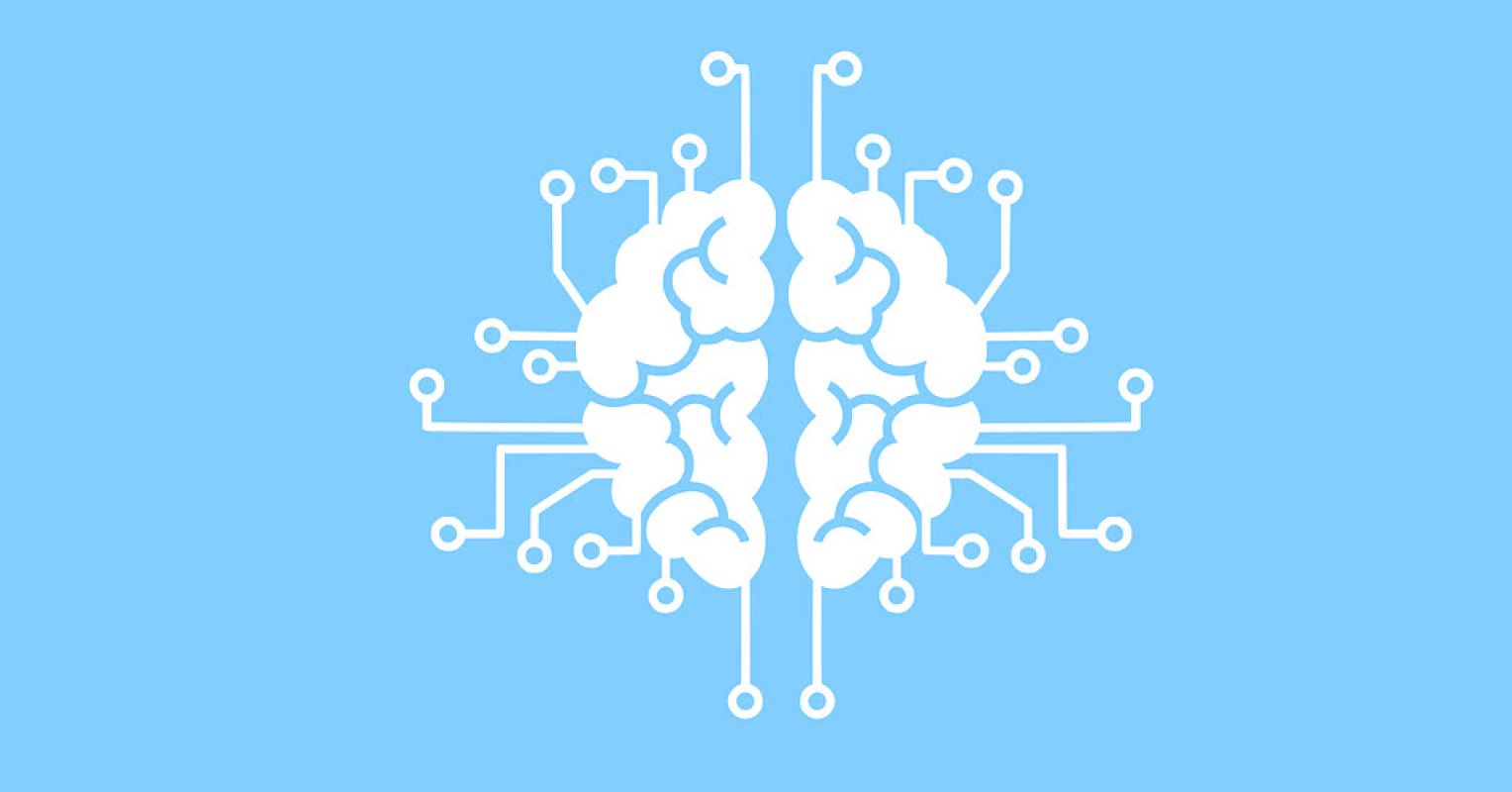Neural networks are revolutionizing the way machines perceive and interact with the world around them. These intricately designed systems are teaching machines to see, understand, and even speak like humans. The core concept behind neural networks is inspired by the human brain’s own network of neurons, which allows us to learn from our experiences.
Artificial Neural Networks (ANNs) emulate this natural learning process by creating a web of interconnected nodes or ‘neurons.’ Each neuron processes incoming data and passes it on to the next layer. This allows for complex pattern recognition and decision-making based on inputs received.
One of the most exciting applications of service for generating content with neural network networks is in computer vision – teaching computers to ‘see’ and interpret visual data as humans do. Using convolutional neural networks (CNNs), a subset of ANNs specifically designed for image processing, machines can now identify objects, recognize faces, read handwriting, and even diagnose diseases from medical images. They achieve this feat by breaking down an image into its basic features such as edges, shapes, textures etc., then gradually combining these features to recognize more complex patterns.
For instance, self-driving cars use CNNs extensively for real-time object detection that enables them to navigate safely through traffic. Similarly, security systems employ facial recognition technology powered by CNNs for identity verification.
On another front, recurrent neural networks (RNNs), another type of ANN architecture well-suited for sequential data like speech or text sequences are enabling machines to understand language better than ever before. RNNs can analyze a sentence in its entirety rather than just individual words – much like how humans comprehend language.
This comprehension ability has been instrumental in developing advanced Natural Language Processing (NLP) technologies such as machine translation services that can convert one language into another accurately while maintaining context; voice assistants that not only understand spoken commands but also respond intelligently; sentiment analysis tools that determine whether a piece of text conveys positive or negative sentiments; and even chatbots that can carry on a conversation in a human-like manner.
The convergence of these technologies is leading to the creation of machines that can both see and speak. An example of this would be an AI system that can analyze a scene from a movie, identify the characters, understand their dialogues, and then generate its own commentary about what’s happening.
In conclusion, neural networks are at the heart of teaching machines to see and speak. They have unlocked new possibilities in various fields including healthcare, transportation, security, entertainment among others. As we continue to refine these technologies and integrate them more deeply into our lives, we should expect machines to become increasingly adept at understanding and interacting with their surroundings in ways previously thought exclusive to humans.




